 NEWS CENTER
NEWS CENTER
展览名:ZUO·座·坐——北欧坐具设计展
Exhibition: ZUO·SEAT·SIT——An Exhibition about Nordic Furniture Design
时间:2023年4月30日-2023年6月20日
Duration: April 30, 2023- June 20, 2023
展览地点:中国美术学院中国国际设计博物馆7/8/9号展厅
Exhibition Location: No.7/8/9 Hall, the China Design Museum of CAA (China Academy
主办单位 / 中国美术学院中国国际设计博物馆
Organizer / China Design Museum of CAA
总策划 / 杭间
Chief Director / Hang Jian
策展人 / 胡佳
Curator / Hu Jia
学术支持 / 周浩明 方海 易 晓
Academic Adviser / Zhou Haoming, Fang Hai, Yi Xiao
近日,《ZUO·座·坐——北欧坐具设计展》在中国国际设计博物馆开展,中国美术学院风景建筑设计研究总院参与了此次布展并给予展品支持。北欧设计以创造美好实用的日用品为理念,呈现了20世纪初现代主义和功能主义发展的核心主题,其家具设计是久经考验的经典。本次展览汇集了丹麦、芬兰、瑞典、挪威约150件套经典坐具作品和影像制品,展现北欧设计的理性与浪漫。展览分为五个板块,以“座”言其“行”,将北欧设计中交织的“人情化”、“地域性”与“自然主义”一一展开,邀请观众一同想象美好生活的无限可能。展览将持续到2023年6月20日。


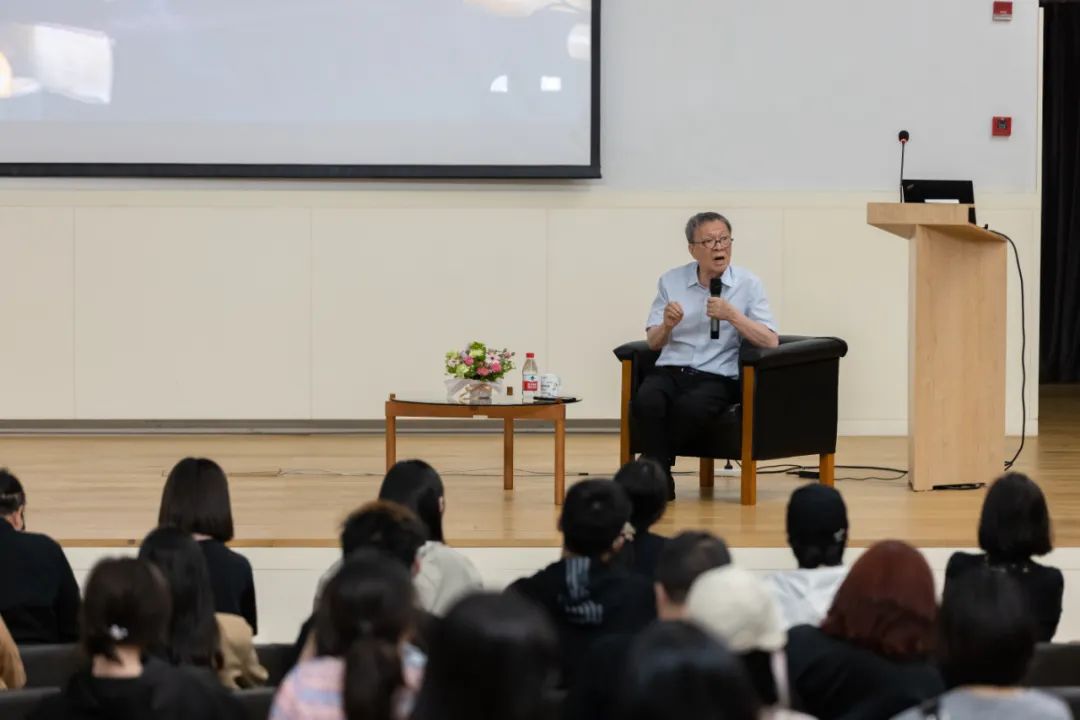
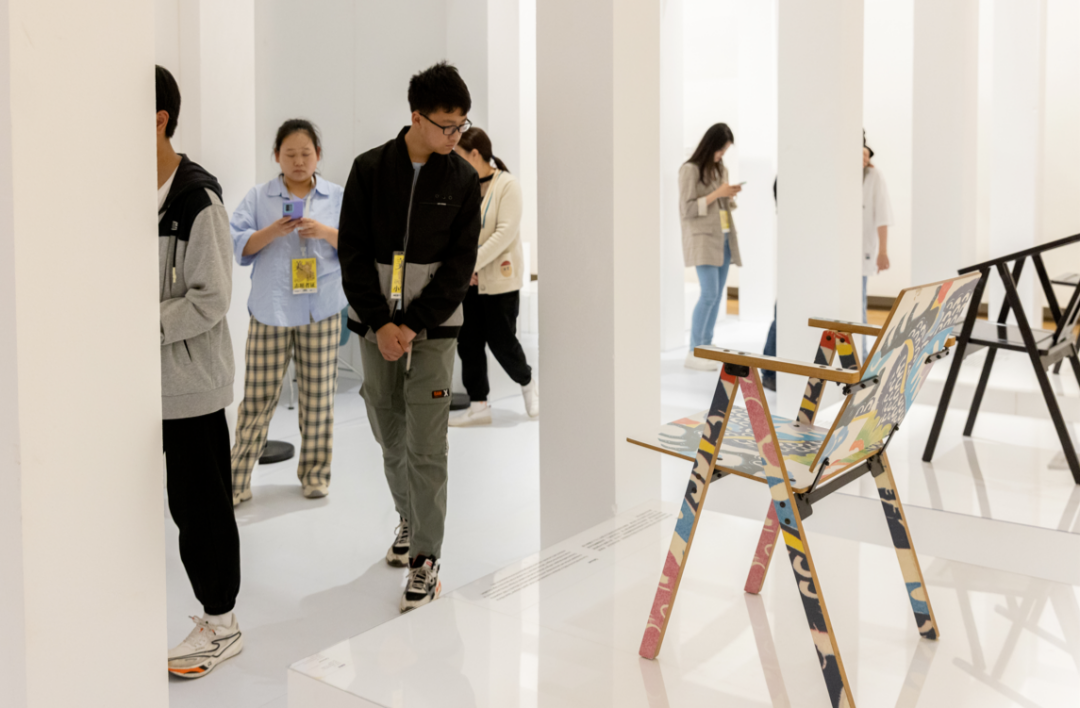
前言一
我们为什么要做北欧坐具设计展?
不知从什么时候开始,慢慢的,中国设计界很少提起北欧设计。似乎英国美国的设计科技感十足,德国日本的设计一如既往的考究经典,而意大利设计则往往艺术感爆棚。相比之下,北欧设计则像斯堪的那维亚半岛的气候和风景,平静、朴实——以致有些“无趣”?
社会上,到“宜家”买家居用品,也不再是二十几年前刚进入中国时的火爆——那时几乎是都市年轻一代身份“标配”。相当多的消费者认为今日家庭用“宜家”家具已经不够档次,一些有钱的中产阶层甚至觉得“寒碜”。
这引起了我们的思考,设计史的理性逻辑显示:就地球有限资源来说,合适和节制,毫无疑问是人类物质生产和消费的永续之道。但过于理性则无趣,过于朴素则贫乏。春秋战国时代墨子的“节用”思想多么具有超越价值,但没有用。人类消费,注定要在商业和欲望的战车上狂奔下去。
我很早前描述过,设计博物馆的使命之一是“设计史的博物馆”,而历史的作用是提醒和告知未来。因此,我支持我的同事、策展人胡佳在时间紧难度很大的情况下,依旧去筹备这个北欧坐具设计展。值得高兴的是,胡佳不仅准确地把握了北欧设计的立场和美学,而且从“坐”这个角度引出了北欧家具设计的功能结构、生活型态以及社会思想样貌的关系,更从汉字拼音“ZUO”而不仅仅是“SEAT”、“SIT”,抽象出中文世界对坐具的文化思考。
我希望观众透过这些质朴而优雅的北欧坐具设计,能联想到世界设计和中国设计中更多的值得比较地问题。
杭间
2023年4月24日于杭州
译文
Why do we hold a Nordic Furniture Design Exhibition?
From an unknown point in time, the voice of mentioning Nordic design has gradually disappeared in Chinese design industry. It seems that British design and American design are full of technological sense, German design and Japanese design are still focused on classic and refined aesthetics, while Italian design often burst with artistic appeal. In comparison, Nordic design is like the climate and scenery of the Scandinavian Peninsula, calm and simple — to the extent that it can be seen as “uninteresting”?
In society, buying home furnishings at IKEA is no longer as popular as it was twenty years ago when it first entered China. At that time, it was almost a "must-have" for young urbanites, and many consumers now think that IKEA furniture is no longer up to standard. Some wealthy middle-class even consider it “low-end".
This has prompted us to think about the rational logic of design history: for the limited resources of the planet, appropriateness and moderation are undoubtedly the sustainable way of material production and consumption for human beings. But being too rational can be boring, and being too simple can be lacking. The thought of "frugality" advocated by Mozi in the Spring and Autumn Period and the Warring States Period has such transcendent value, but it is not enough. Human consumption is bound to continue to gallop on the commercial and desire-driven wagon.
One of the missions of the design museum, as I have described before, is the "museum of design history." History serves to remind and inform the future. Therefore, I support my colleague and curator Hu Jia, who, in the case of tight time and difficulty , is preparing this Nordic seating design exhibition. I am pleased that Hu Jia not only accurately grasps the position and aesthetics of Nordic design but also links the functional structure, lifestyle, and social thought of Nordic furniture design from the perspective of "sitting." Moreover, by using the Chinese pinyin "ZUO" rather than just "SEAT" or "SIT," she has abstracted the cultural thinking of Chinese culture regarding seating.
I hope that through these simple and presentable Nordic seating designs, the visitors can associate with more comparative issues between world design and Chinese design.
Hang Jian
2023.4.24 in Hangzhou
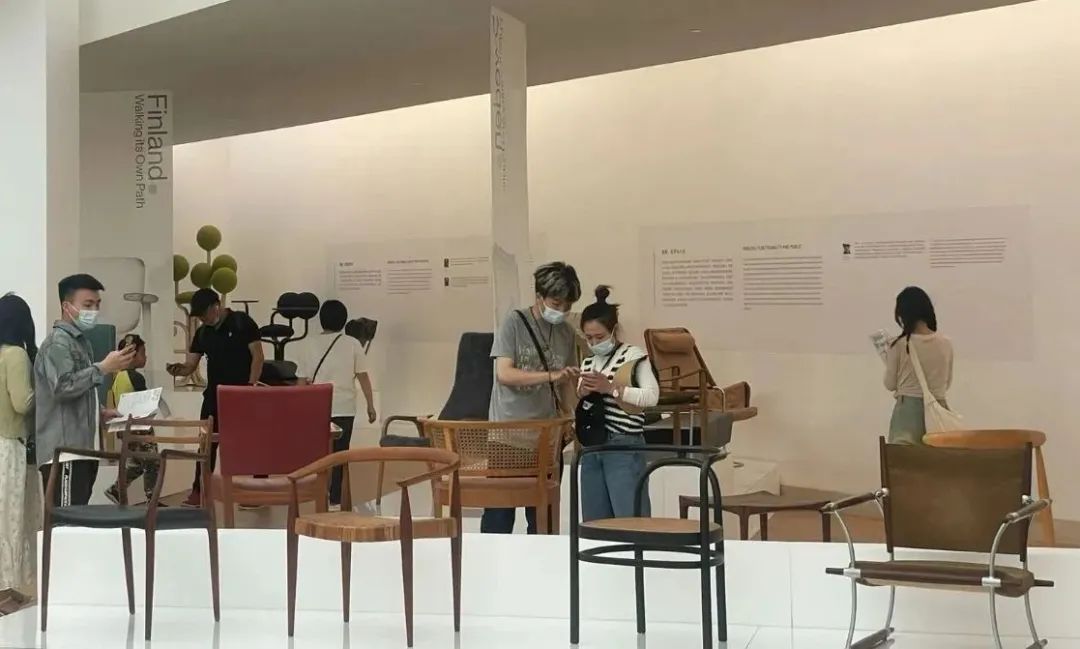
前言二
Nordic furniture design:
beauty and simplicity of form are combined with the idea of equality
There is a saying in the Nordic countries that designing a chair is the most demanding form of design. It can be discussed whether it is really so, but furniture design has been a very central part of Nordic design.
One basic principle in Nordic design throughout history has been to create beautiful and functional everyday objects that should be accessible to people of all income classes. The idea is more widely also a core theme in the development of modernism and functionalism in the beginning of the 20th century.Probably the biggest messenger of Nordic design in the world has been the Swedish furniture giant Ikea. It has made the ideals of Nordic design known all over the world and with its affordable prices has given everyone the opportunity to decorate beautifully.Many Nordic pieces of furniture have entered the design canon during the last decades. They are admired as fine examples of designers' creativity, and many are still sold decades after they were designed. Examples of such are the Finnish architect Alvar Aalto's Stool 60 from 1936 and the Danish architect Arne Jacobsen's Egg, Swan and chairs from Series 7.
The fact that Nordic furniture has survived as timeless classics is no accident. Timelessness is one of the basic principles of Nordic furniture design.Traditionally, in the Nordic countries, it has been thought that furniture should last a long time, they are not disposable goods. Timelessness also comes from, among other things, a minimalist design language, Nordic furniture does not go out of fashion because it does not represent the trends of the time and is not particularly decorative. They look modern and are usable even though they were designed a long time ago.
Nordic furniture is seen representing simplicity, but during the history there are of course encouraging exceptions. One notable period was the 1960s, when the world looked strongly to the future, for example with the conquest of space. Optimism for the future and the influence of pop and optical art were visible in the colors and imaginative shapes. For example, the Dane Verner Panton and the Finns Eero Aarnio and Yrjö Kukkapuro designed furniture that approached sculpture.Also during postmodernism, a few Nordic designers broke away like their Italian colleagues. The young designers are developing the new aesthetics of Nordic furniture to their own directions.
An interesting side plot in the history of Nordic furniture design is also its relationship with China. Danish Hans Wegner took influences of ancient Chinese design in his furniture, and Yrjö Kukkapuro has made bamboo furniture. Still, mainly Nordic design is still minimalistic. It is not so much a philosophy as it is born more from practicality. It makes sense to use as little material as possible.Nordic design carries the idea of moderation or a certain kind of modesty. For example, the frequently used Swedish word "lagom" means an environmentally friendly, modest lifestyle that is not driven by consumerism and materialism. In Denmark, on the other hand, there is the word "hygge", which is related to leisure, relaxation and enjoyment. Quality time and luxury can also be spending time in peace at home.
Hannu Pöppönen / Finland
Historiographer, Freelance writer, Curator, Art and design critic
译文
北欧家具设计:
美简之形与平等之理的相汇
北欧国家间流转一言:“椅子是最讲究的设计。”虽然可以探讨是否事实如此,但确信的是家具是北欧设计的核心。
自古以来,北欧家具设计的准则之一就是创造美好且实用的日用物品,所有收入阶层的人都能拥有。广泛来说,这样的理念也是20世纪初现代主义和功能主义发展的核心主题。在全球,北欧设计最主要的使者便是瑞典家具巨头宜家,它将北欧设计理念在世界范围内广泛传播,而其亲民的价格给予每个人享受愉悦家居装饰的机会。过去几十年里,许多北欧家具成为设计的典范,誉为设计师创造力的杰出代表,并且在几十年后依旧饱受市场青睐。例如1936年芬兰建筑家阿尔瓦·阿尔托设计的60号圆凳,丹麦建筑家阿恩·雅各布森的蛋椅、天鹅椅与7系列椅。
北欧家具是久经考验留存下的永恒经典,此并非偶然,因为永恒本就是北欧家具设计的基本准则之一。传统意义上,对北欧国家而言,家具应有较长的使用寿命,它们不是一次性的商品。此外,永恒也体现于其极简主义的设计语言。北欧家具从不追逐时下潮流,也不过度修饰,因此它永不过时。这些家具有着现代化的外观,即便是很久前的设计也依旧实用。
虽然北欧家具一直是简约的代表,但在历史中也定会巧遇别样的惊喜。20世纪60年代尤为值得注意,那时的世界对未来抱有期待,征服太空便是个例证。对未来乐观的态度以及波普、欧普艺术的影响都在斑斓色彩和充满想象力的家具造型中有所体现。于此,我们可在丹麦设计师维纳尔·潘顿,芬兰设计师艾诺·阿尼奥和约里奥·库卡波罗以雕塑思维设计的家具中一窥究竟。后现代主义阶段,一些北欧设计师们与意大利的同辈大相分径,年轻的设计师以他们的视角发展并引领着北欧家具的全新美学。
北欧家具设计与中国的联系是其设计史中一段有意思的插曲。丹麦设计师汉斯·维格纳的家具受到中国古代设计的影响,而约里奥·库卡波罗则是在家具中使用竹材。大部分北欧设计仍然是极简主义的,与其视之为一种理念,不如说更多是来自对实用性的关注,即尽将使用材料极简化。北欧设计以适度为理念,也可以将之理解为节制。如瑞典常用的词语“lagom”,便意味着一种环境友好的、适度的生活方式,不受消费主义和物质主义的迫使。而在丹麦,有相同意味的词语则是与休闲、轻松和享受关联的“hygge”。花点时间去享受家居的片刻宁静,也能满足高质量时间与奢侈享受的需求。
哈努·波普恩/芬兰
史学研究者、自由作家、策展人、艺术与设计评论撰稿人
展览现场
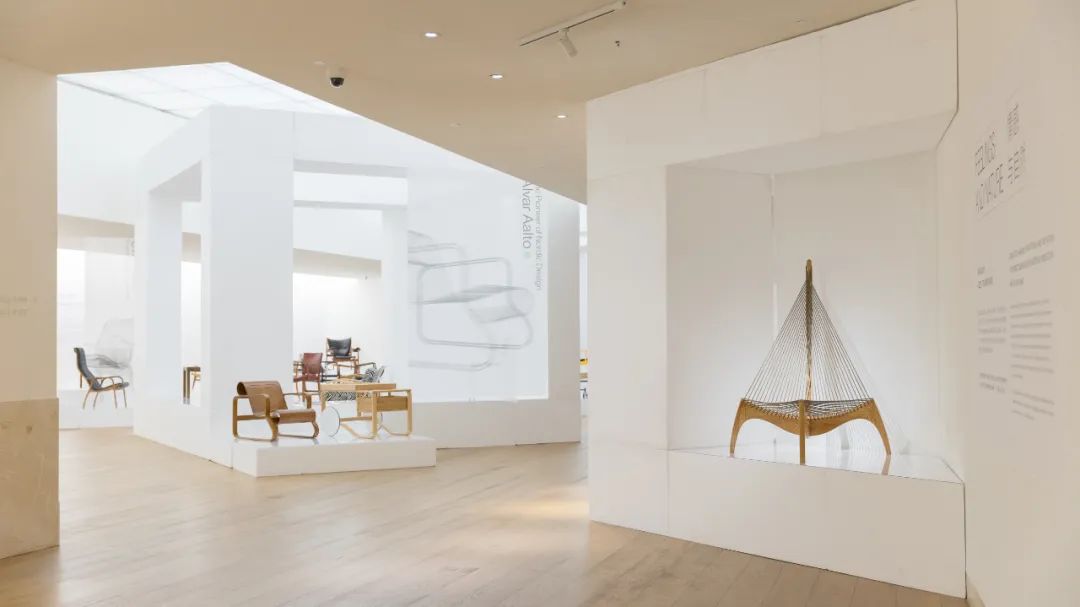
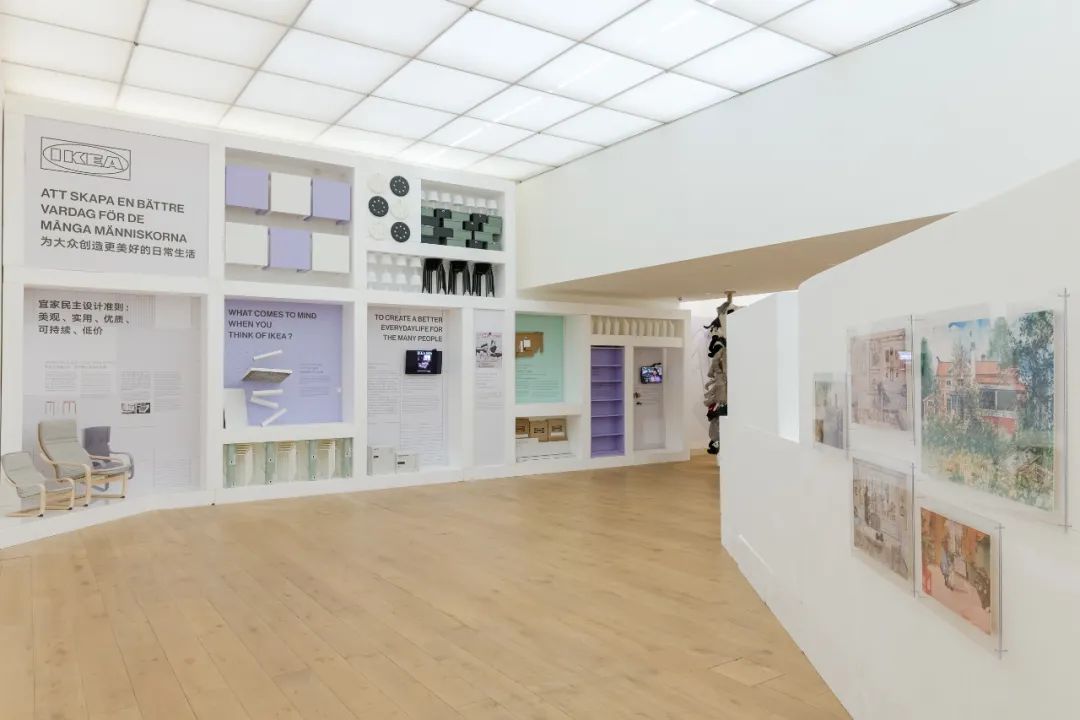
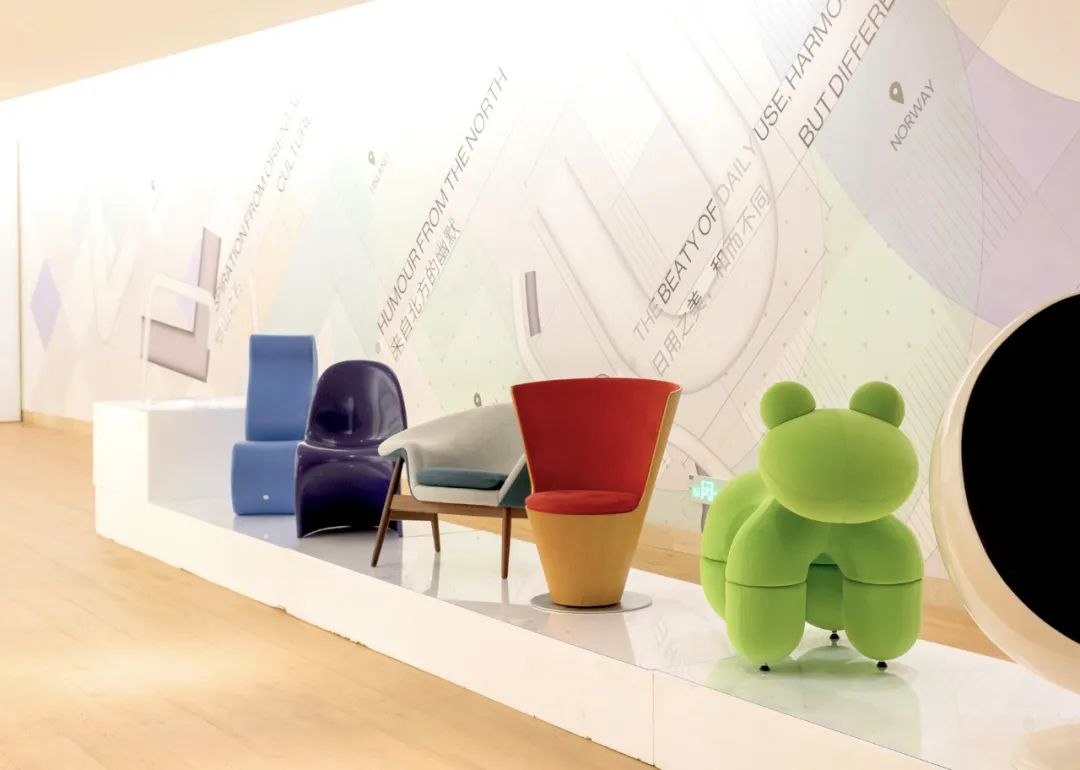
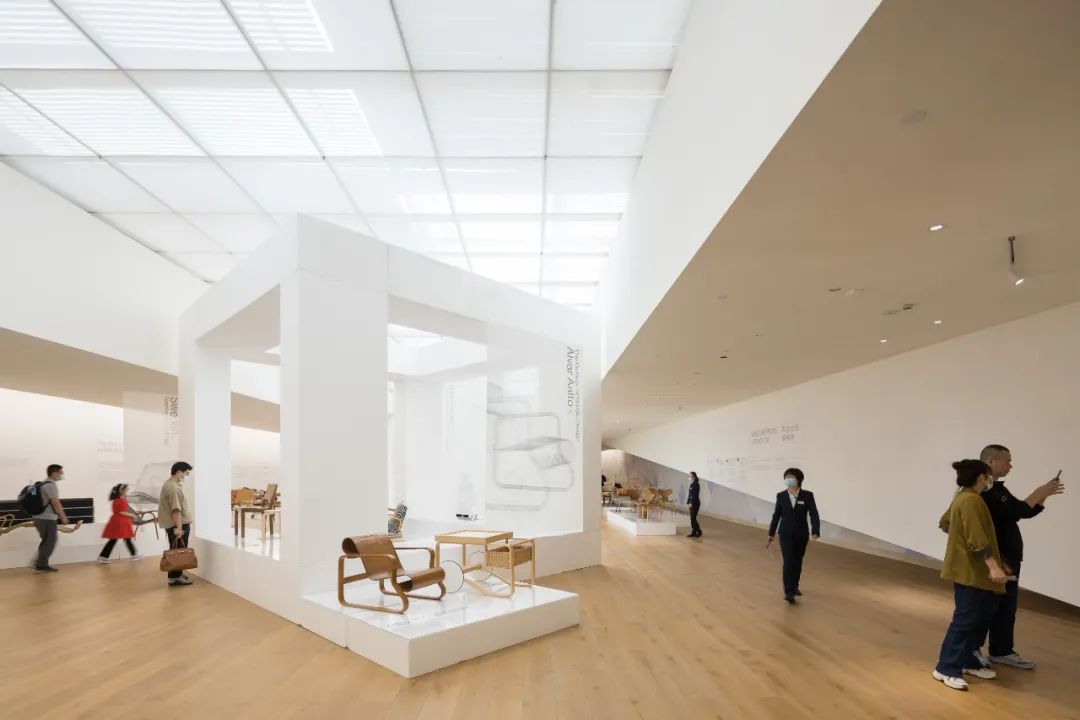
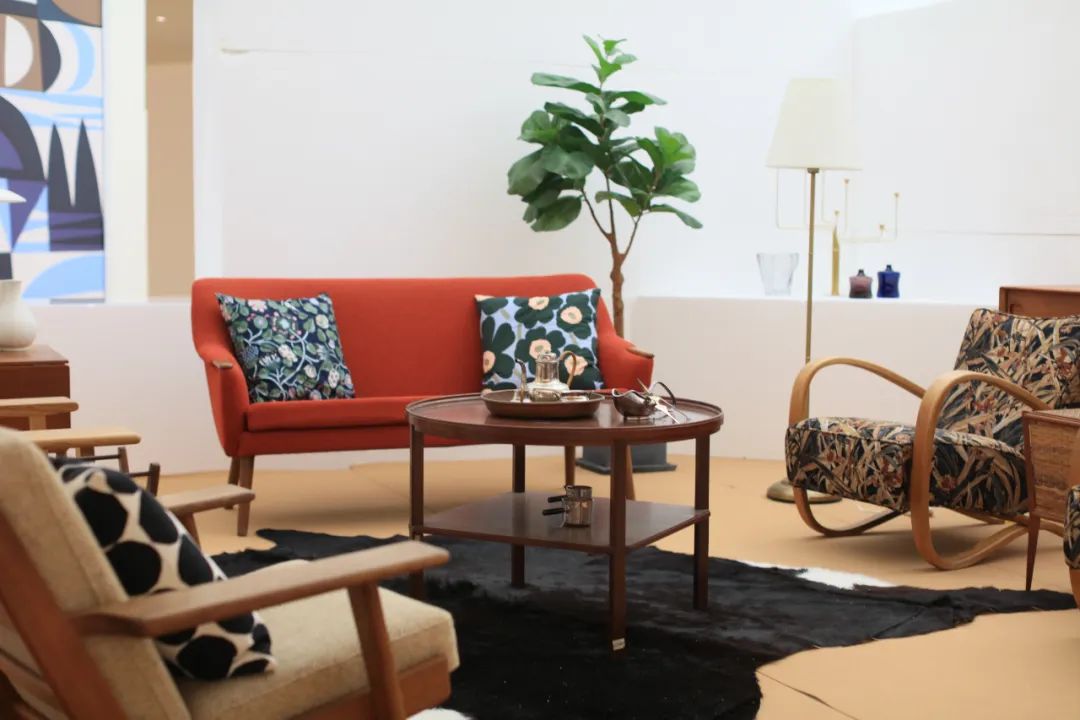
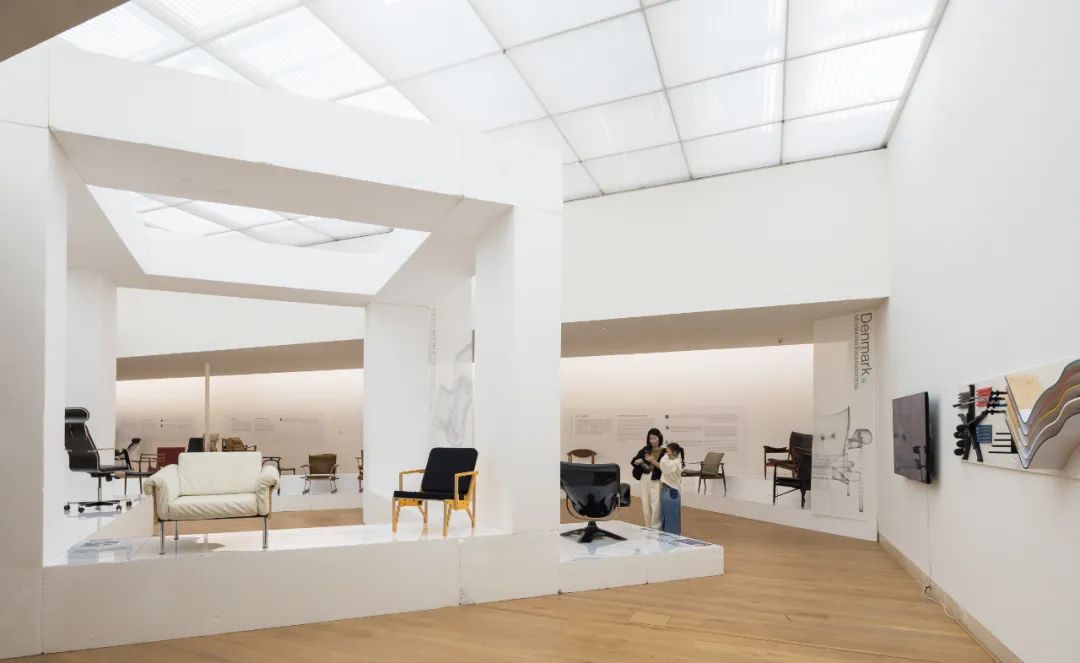

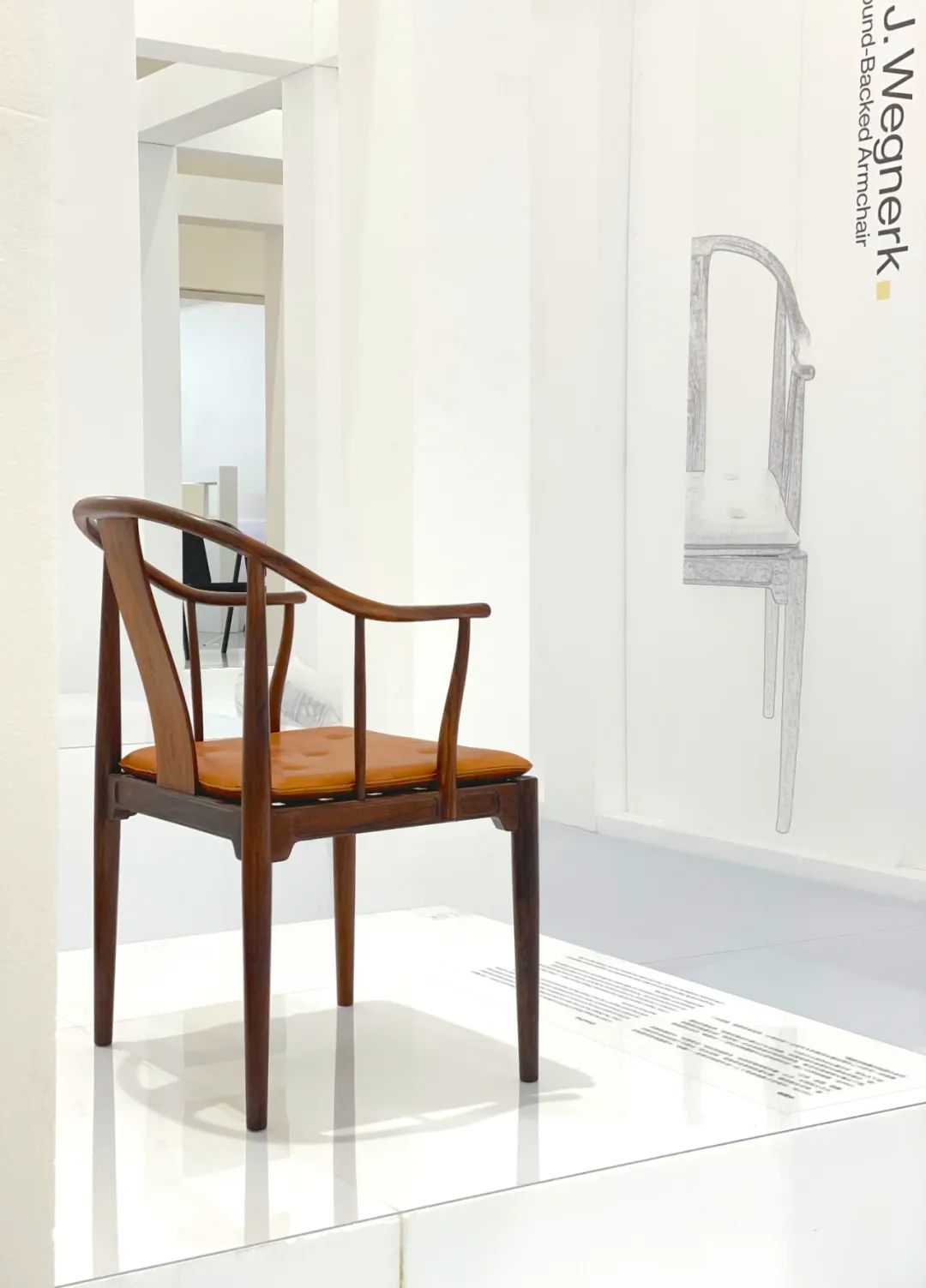
部分展品介绍

帕米奥椅
Paimio Chair
设计年代:1930
Designed : 1930
设计师:阿尔瓦·阿尔托/芬兰
Designer : Alvar Aalto / Finland
材质:桦木胶合板
Material : Birch plywood
来源:中国美术学院中国国际设计博物馆馆藏
Origin : China Design Museum of CAA Collection
在1928年-1930年间,阿尔托研究出一种新型热压弯曲胶合板的材料,并在疗养院尝试设计出一种具备轻质、可冲洗、卫生的标准化木制家具模式。帕米奥椅便是专门为他早期的建筑成名作“帕米奥疗养院”设计的。帕米奥椅优美的椅身结构造型充满了线条感,没有“大规模生产”的工业产品外观。椅身是一块具有多个曲弯的整体胶合板,通过向下回转弯曲的上下两个端头架设在横档上。这一曲线结构赋予形式优雅感,而且使得椅面富有弹性,巧妙地提高了椅子使用时的舒适性。靠背上的三条横纹是提供呼吸的通气口,体现出对肺病患者的关怀。帕米奥椅实现了坐和靠功能由一个整体构件完成,形态简洁、轻便充满雕塑感而成为后世无法超越的经典。它人性化的设计也使冰冷的医院产生了温暖的感觉,堪称北欧人文主义的典型代表。
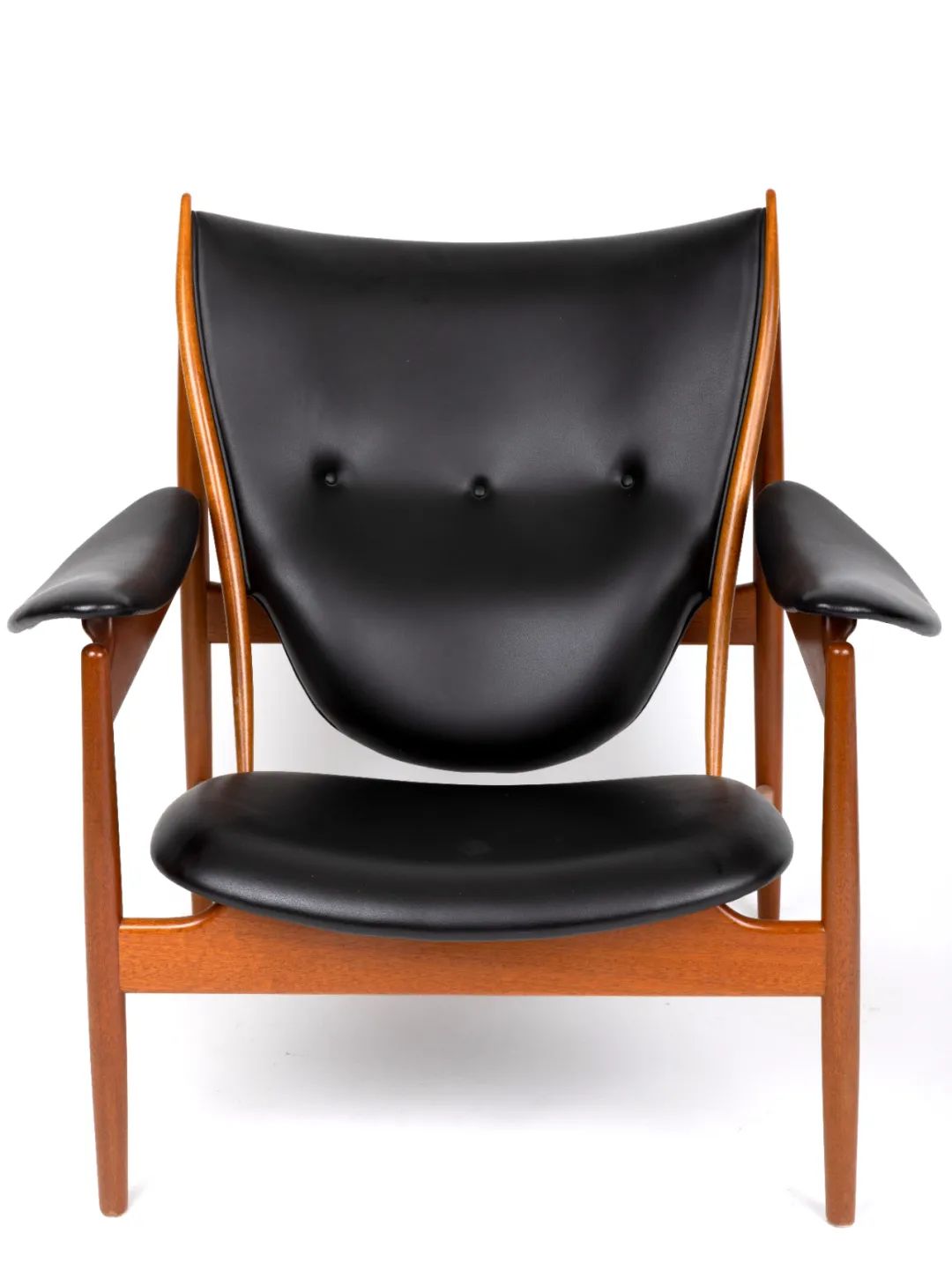
酋长椅PP250型待客椅
Chieftain Chair
设计年代:1949
Designed : 1949
设计师:芬·居尔/丹麦
Designer: Finn Juhl / Denmark
材质:胡桃木、皮革
Material : Walnut, Leather
来源:薄曦(联创设计/尖叫设计)
Origin : Bo Xi( UNITED DESIGN / WOWDSGN)
酋长椅设计于1949年,是芬·居尔经典设计品之一,代表了他作为家具设计师职业生涯的巅峰。受现代艺术和外国文化的启发,酋长椅不同于传统丹麦家具和严格的功能主义,其形状、结构、材料都具备有机的特点。胡桃木框架沉稳庄重,搭配黑色皮革装饰的椅背、坐垫及扶手,在兼顾结构稳定及就坐舒适性的同时,更显威严。
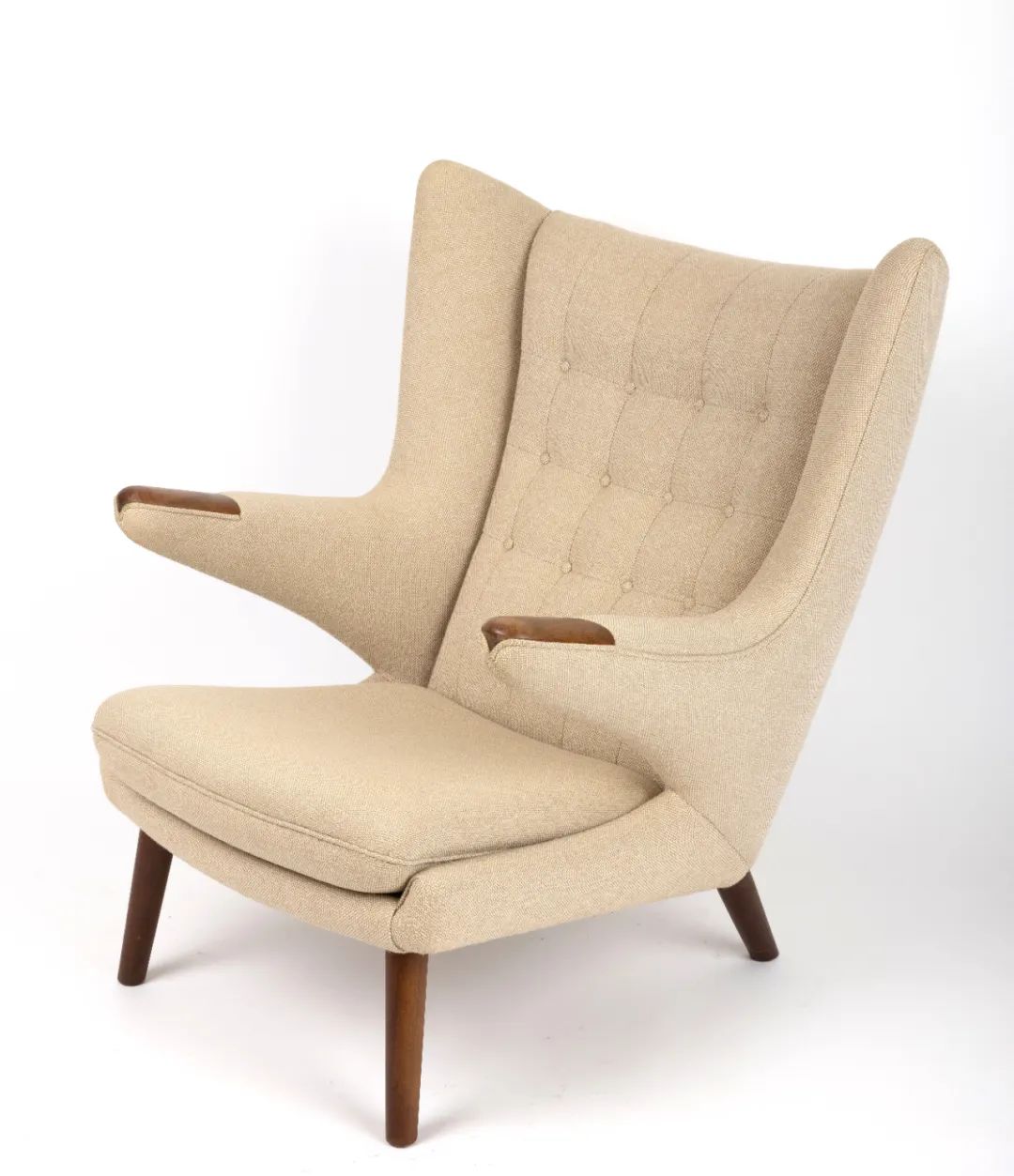
AP19型熊爸爸橡木椅
AP19 Papa Bear Oak Chair
设计年代:1953
Designed : 1953
设计师:汉斯·维格纳/丹麦
Designer :Hans J. Wegner / Denmark
材质:橡木、皮革、织物
Material :Oak, Leather, Fabric
来源:薄曦(联创设计/尖叫设计)
Origin : Bo Xi( UNITED DESIGN / WOWDSGN)
AP19型熊爸爸橡木椅设计于1953年。汉斯·维纳一改纤细灵动的设计风格,该椅特色有趣的细节是扶手末端的“木爪”。以稳固的橡木框架搭配厚实的织物营造出敦厚稳重且舒适的新型座椅,因犹如一只从后环抱而坐的熊,得名“熊爸爸”椅。
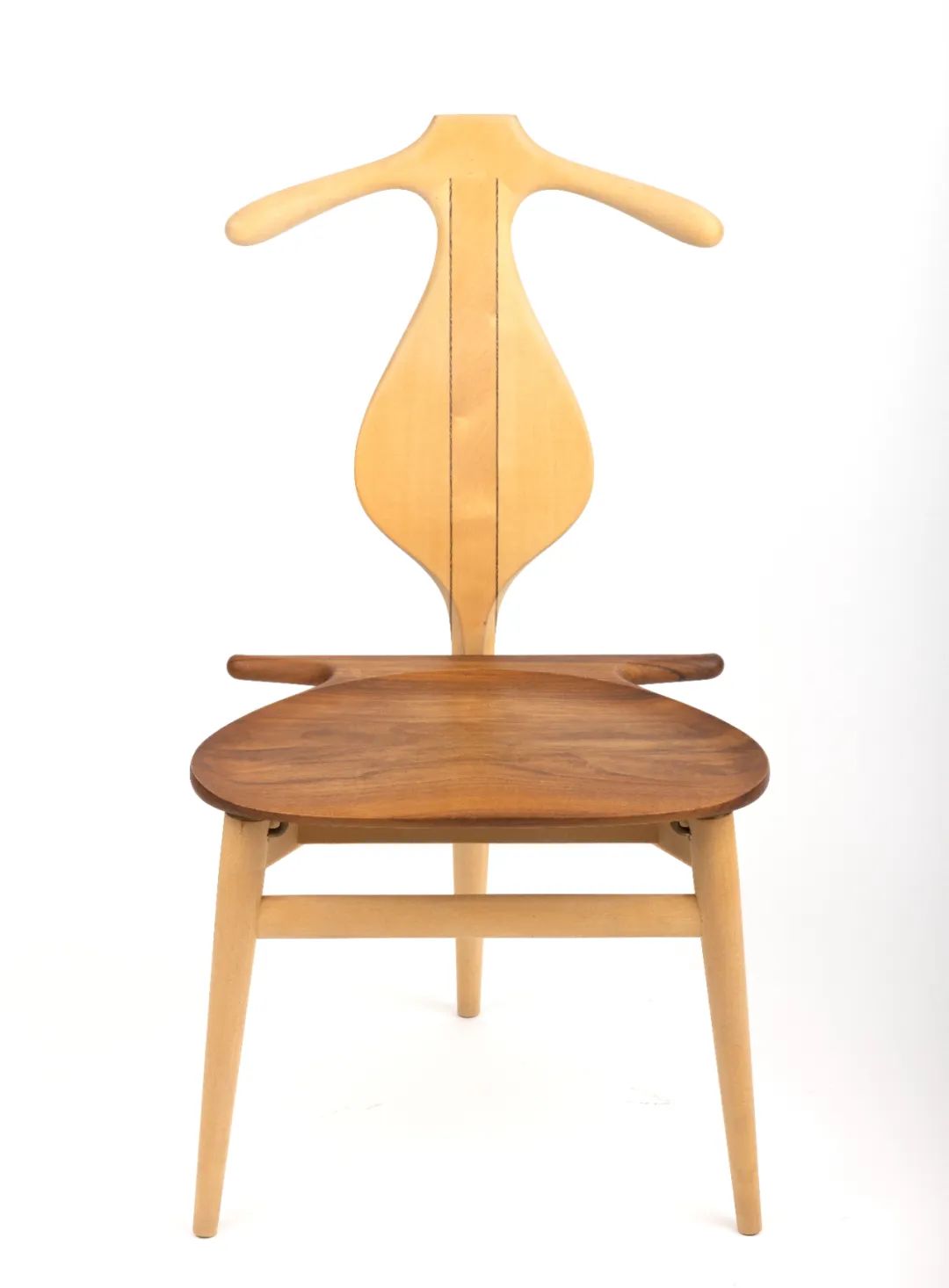
PP250型待客椅
PP250 Valet Chair
设计年代:1953
Designed : 1953
设计师:汉斯·维格纳/丹麦
Designer :Hans J. Wegner / Denmark
材质:橡木、柚木、黄铜
Material : Oak, Teak, Brass
来源:薄曦(联创设计/尖叫设计)
Origin : Bo Xi(UNITED DESIGN / WOWDSGN)
PP250型待客椅设计于1953年,是汉斯·维纳最经典的座椅设计品之一。这个椅子设计灵感来源于他与他人就实用的折叠衣服问题进行的讨论。维纳将所需的功能与趣味的雕塑造型结合,设计出的衣架形椅背、折叠式坐垫可用于悬挂衣物,隐藏的空格为存放配饰提供便利。舒适性与功能性合二为一,稳固性与设计感齐驱并骤,是客房、旅馆等优选座椅。
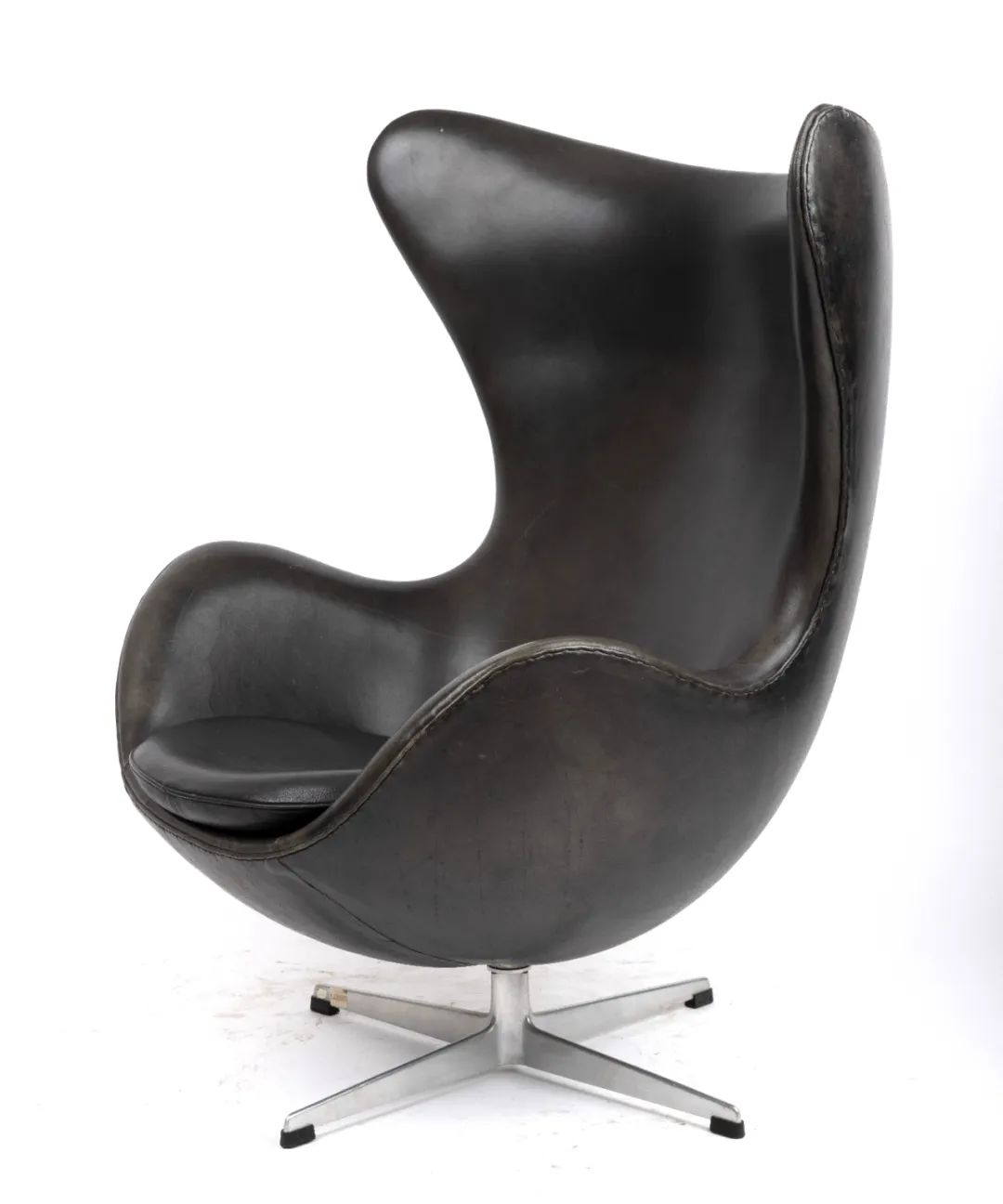
蛋椅
The Egg Chair
设计年代:1958
Designed : 1958
设计师:阿恩·雅各布森/丹麦
Designer : Arne Jacobsen / Denmark
材质:玻璃纤维增强聚氨酯泡沫
Material : Polyurethane Foam with Fiberglass Reinforcement.
来源:薄曦(联创设计/尖叫设计)
Origin : Bo Xi(UNITED DESIGN / WOWDSGN)
蛋椅由阿纳·雅各布森于1958年为丹麦哥本哈根皇家酒店设计,他同时为酒店设计了天鹅椅。这些椅子都基于一种新的技术:不采用钢框架和木材,用硬泡沫材料成型随后进行软垫填充包裹。蛋椅饰以顶级意大利皮革填充高密度泡沫加上倾斜配件,可根据就坐用户的体重进行弯曲角度调节,是20世纪室内设计中最具辨识度的标志,至今仍被作为精致都市生活的象征用于广告或影视中。
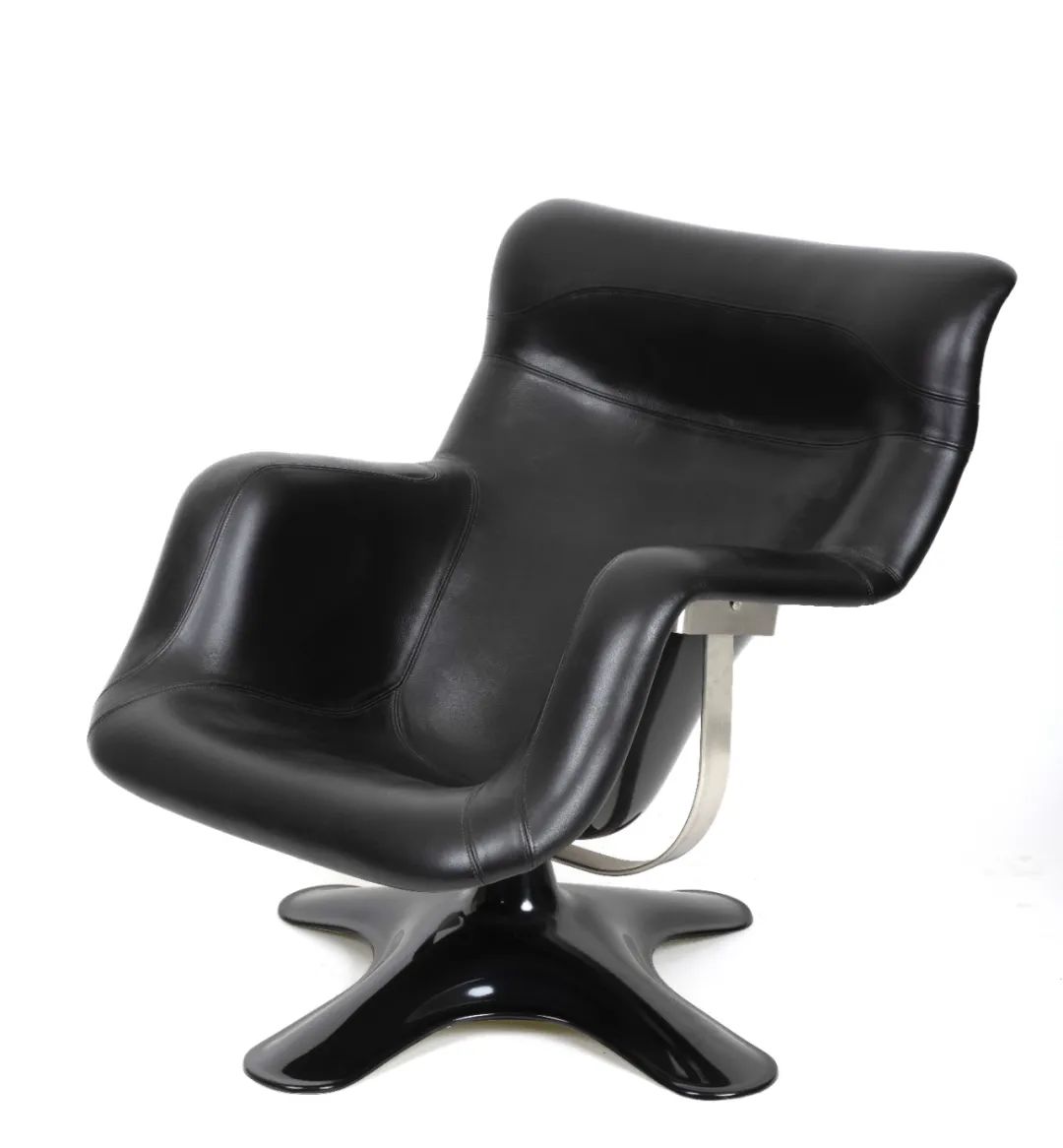
卡路赛利椅
Karuselli
设计年代:1964
Designed : 1964
设计师:约里奥·库卡波罗/芬兰
Designer : Yrjö Kukkapuro / Finland
材质:玻璃钢、牛皮、高回弹海绵
Material : Glass steel, Cowhide, High resilience foam
来源:中国美术学院中国国际设计博物馆馆藏
Origin : China Design Museum of CAA Collection
1959年库卡波罗开始长达五年的探索,构思一种“坐上真正舒服的椅子”。1964年库卡波罗设计出首件卡路赛利椅Karuselli,据传模型外形设计的灵感是设计师醉酒后的身体在雪中而卧产生的感觉给了他设计椅子的灵感。卡路赛利椅完全以人体工程学作为设计出发点,座位和底座由玻璃纤维即增强型聚酯制成,座位是可以旋转的,像“兜”一样,上铺装饰软垫。座位与底座连接处带由钢质弹簧和橡胶减振器组成,状似鸭腿的形式与座椅具有极好的一致性。座位与腿部之间的弹性连接形式既是对美学上的考虑,同时又极好地满足了使用者对舒适度的要求。在1974年美国纽约举办全球家具设计大赛上,卡路赛利椅脱颖而出,荣获首奖,并于1998年10月被美国《纽约时代周刊》誉为“人类历史上最舒适的座椅”,同时也在巴黎联合国产品组织的经典产品设计展览中获得“世纪经典”的殊荣。
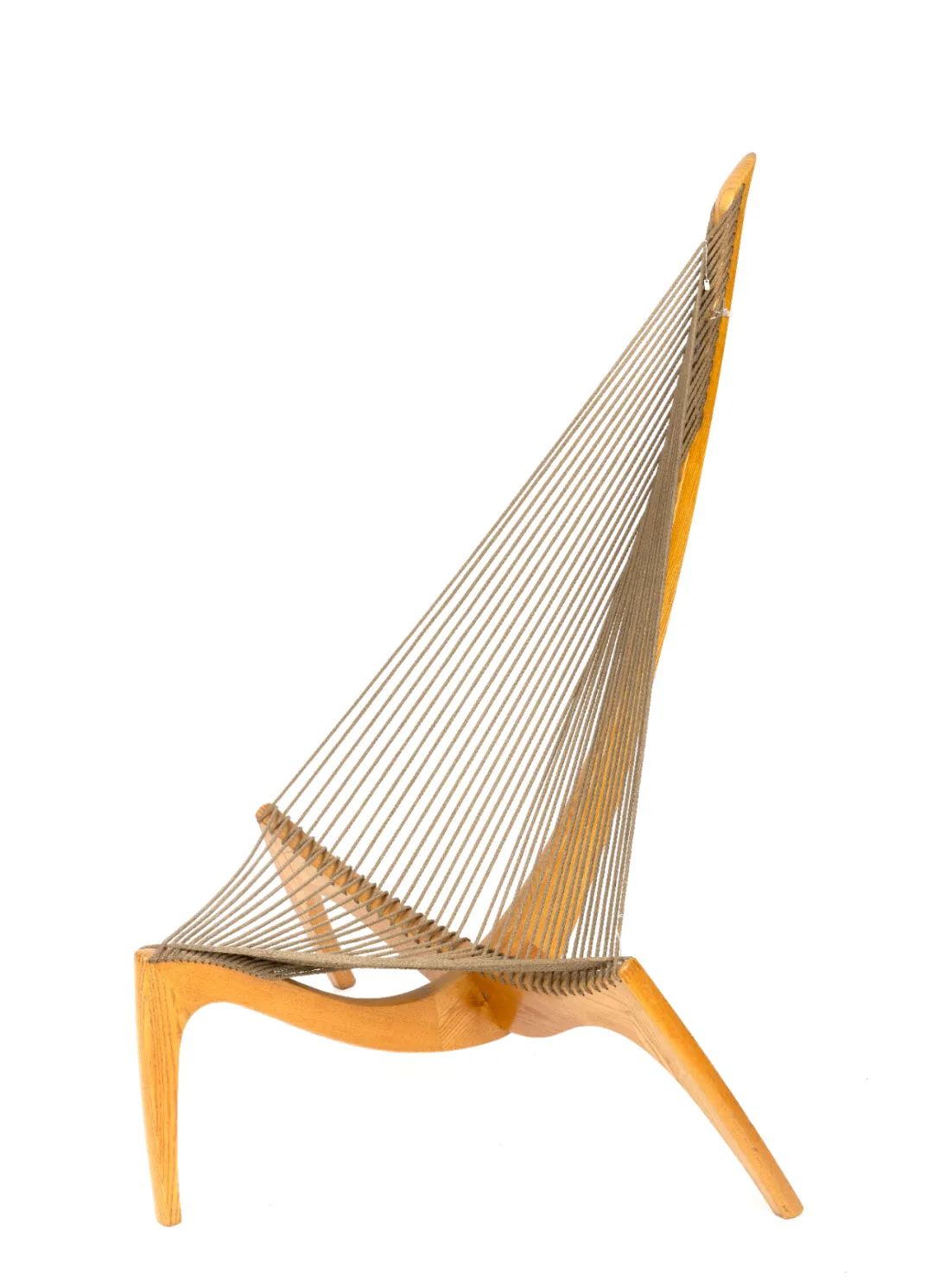
丹麦竖琴椅
The Harp chair
设计年代:1968
Designed : 1968
设计师:约根·霍夫斯科夫/丹麦
Designer :Jørgen Høvelskov / Denmark
材质:樱桃木、帆绳
Material : Cherry Wood, Sail Rope
来源:中国美术学院中国国际设计博物馆馆藏
Origin : China Design Museum of CAA Collection
约根·霍维尔斯科夫竖琴椅是一件独特的杰作,设计于1963年。受海盗船首、船尾流线启发,设计选用樱桃木作为整体骨架,帆绳作为椅背与坐垫,提供适宜人体的舒适感和支撑性同时塑造艺术的外观。选材自然简约,造型优雅简洁,充分体现绳索家具之美。
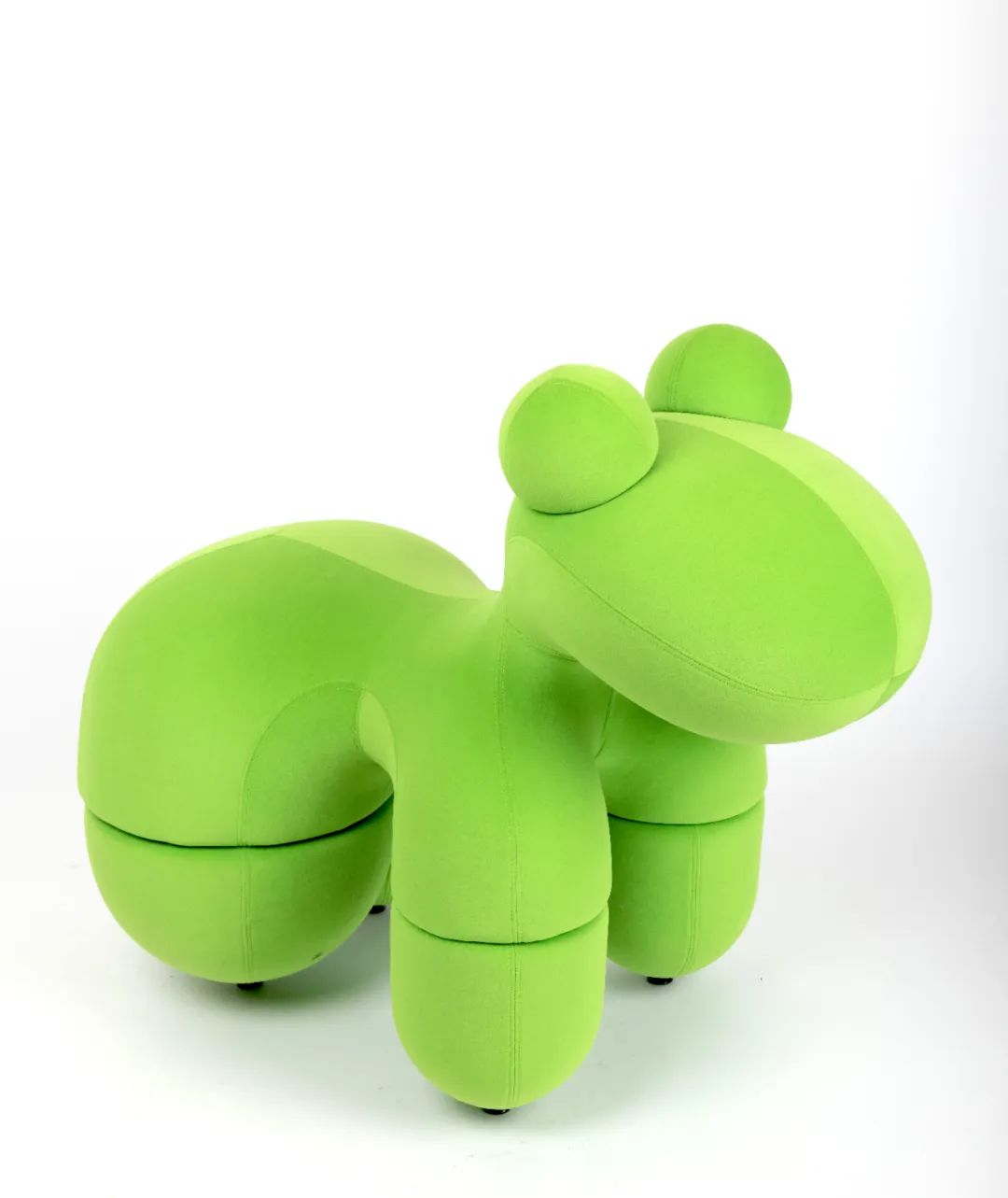
小马椅
Pony chair
设计年代:1973
Designed : 1973
设计师:艾洛·阿尼奥/芬兰
Designer : Eero Aarnio / Finland
材质:金属、模压泡沫、织物
Material : Metal, Moulded foam, Fabric
来源:线形公园
Origin : Line Park
小马椅由阿尼奥于1973年设计。虽然阿尼奥的设计都具备创新性,但他将小马椅描述为他的第一个非常规设计。阿尼奥想设计一个柔软的动物形象让人自由落座,如同像骑马一样。阿尼奥称小马为“座位”,通过管框链接模压泡沫块外包弹力织物保证坐感舒适,设计尺寸考虑了背部和脚休息的适宜高度,可以骑或侧身方式使用。小尺寸的适合儿童,大尺寸的适用于成人。
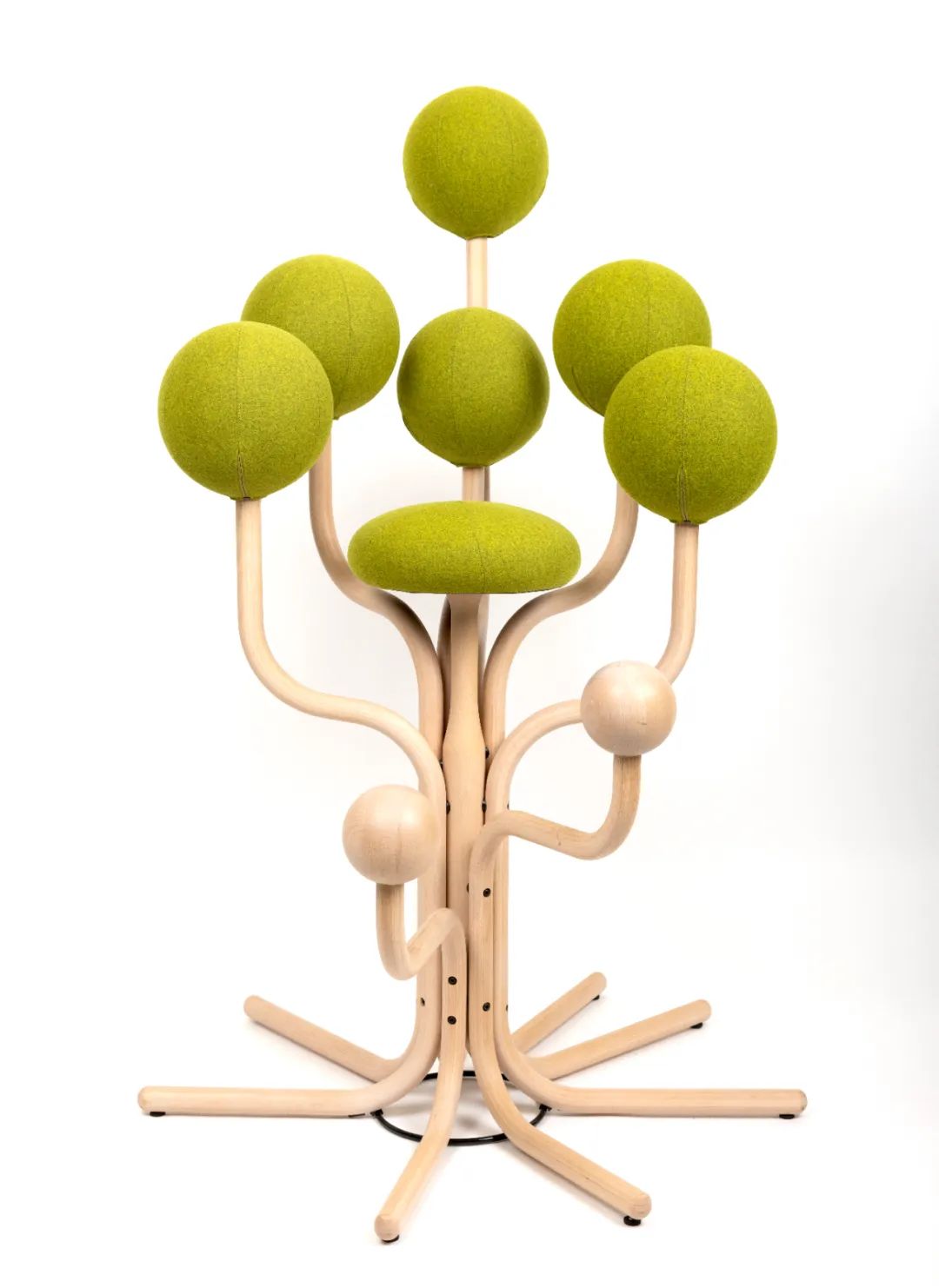
地球花园椅
Globe Garden
设计年代:1985
Designed : 1985
设计师:彼得·奥普斯维克/挪威
Designer : Peter Opsvik /Norway
材质:羊毛布、钢
Material : Woolen cloth, Steel
来源:玛拉蒂
Origin : Maratti
地球花园是奥普斯维克1984年提出的理念,这款椅子最初设计于1985年,现在的版本中,树根调整为支撑。花园椅比起家具,更类似于一种信息,在任何空间里都具备艺术装置般的欣赏性。奥普斯维克希望通过这个犹如雕塑一般的椅子来改变人们对正确坐姿的常规认知,让人们使用时获得身体更自由的状态,在不断调整的坐姿中找到自己感到最舒适的位置。
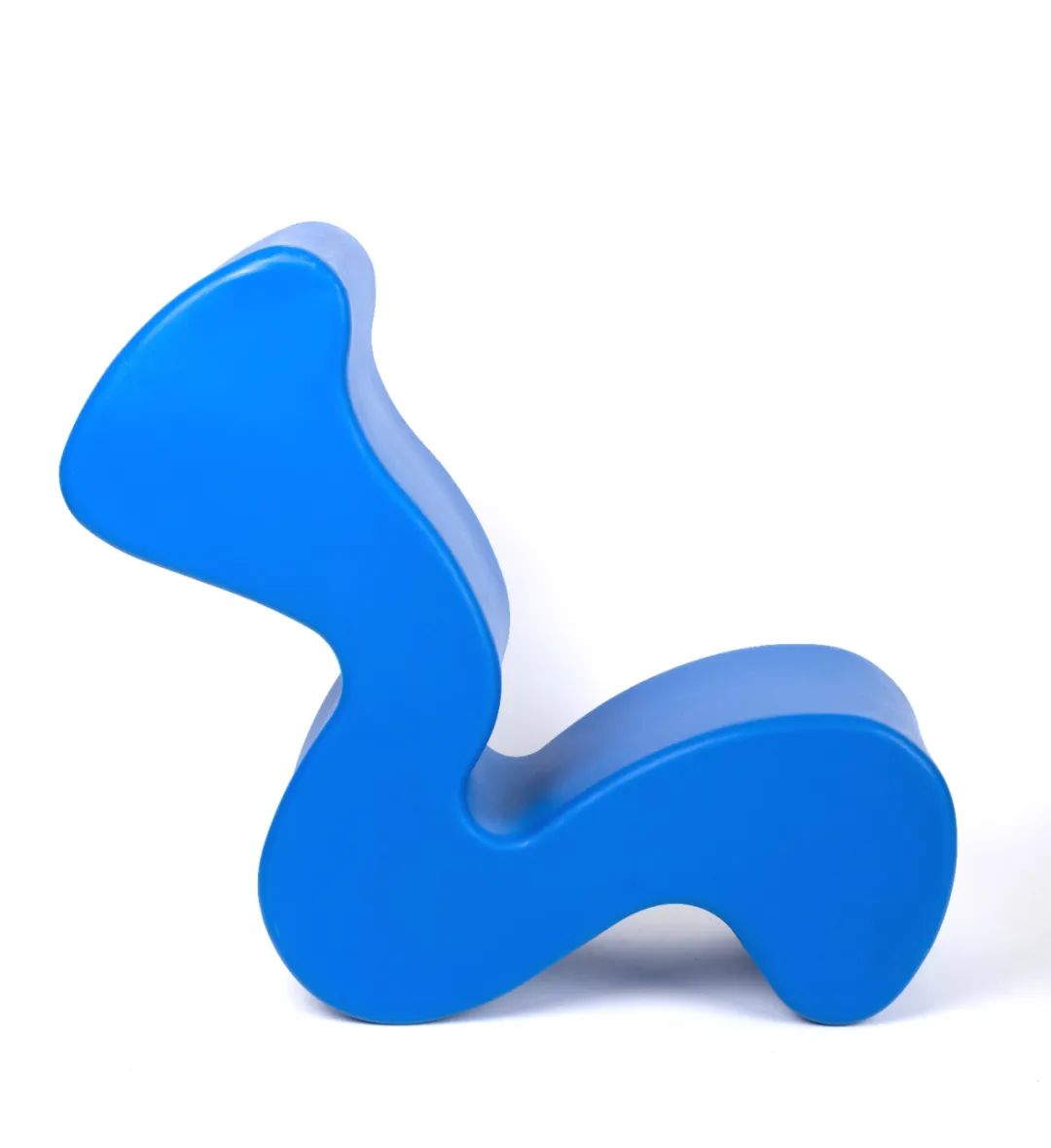
幽灵
Phantom
设计年代:1997
Designed : 1997
设计师:维纳尔·潘顿/丹麦
Designer : Verner Panton / Denmark
材质:塑料
Material : Plastic
来源:线形公园
Origin : Line Park
幽灵是潘顿1997年的设计,也是他去世前的最后一件作品。模吹一体成型的幽灵具有流动感极强的有机造型和多功能属性,可以根据要求和情况旋转平放或直立,成为座椅、躺椅、双人椅、长凳或边桌。
风景院藏品展示
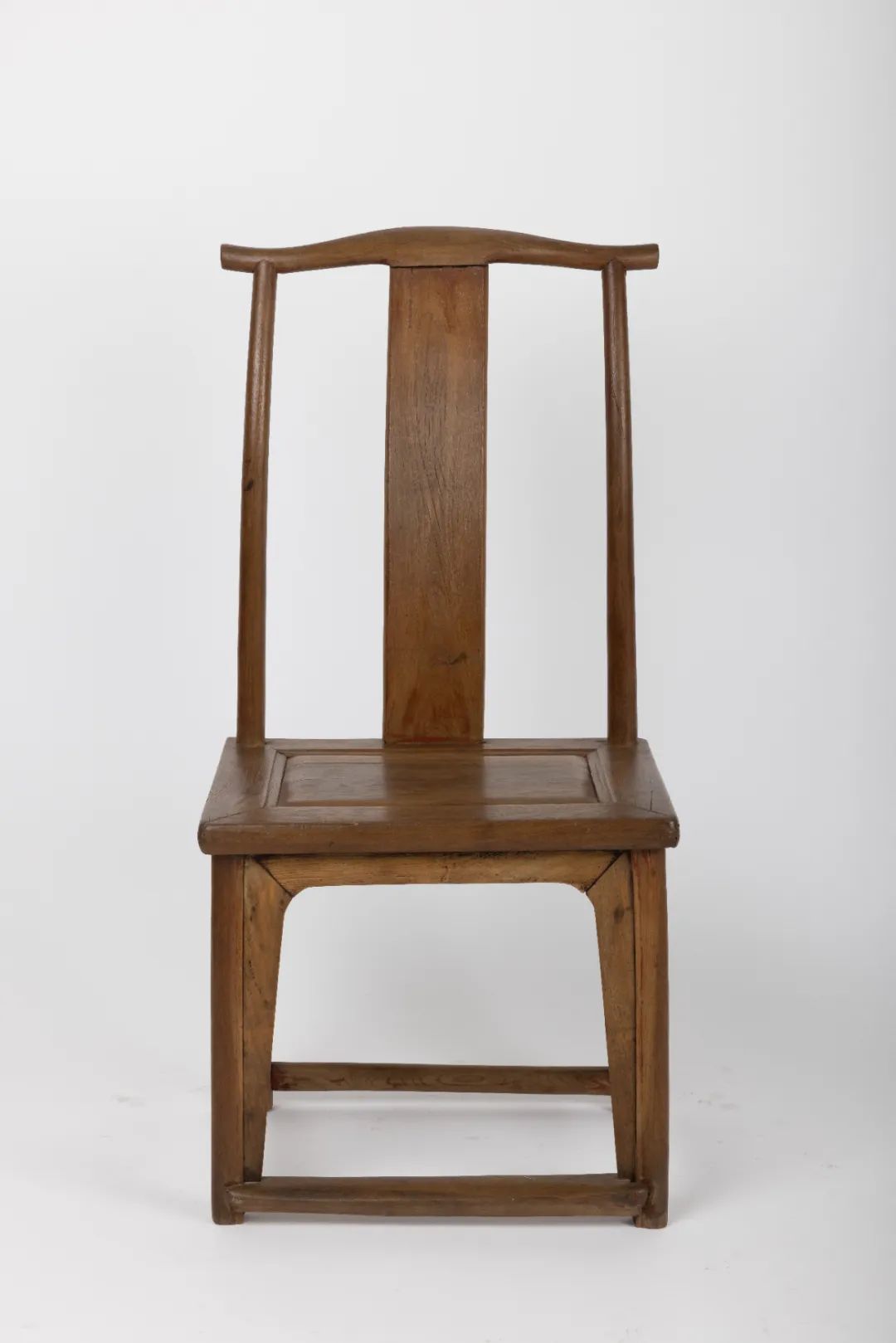
明式家具——灯挂椅(来源:方鸣)
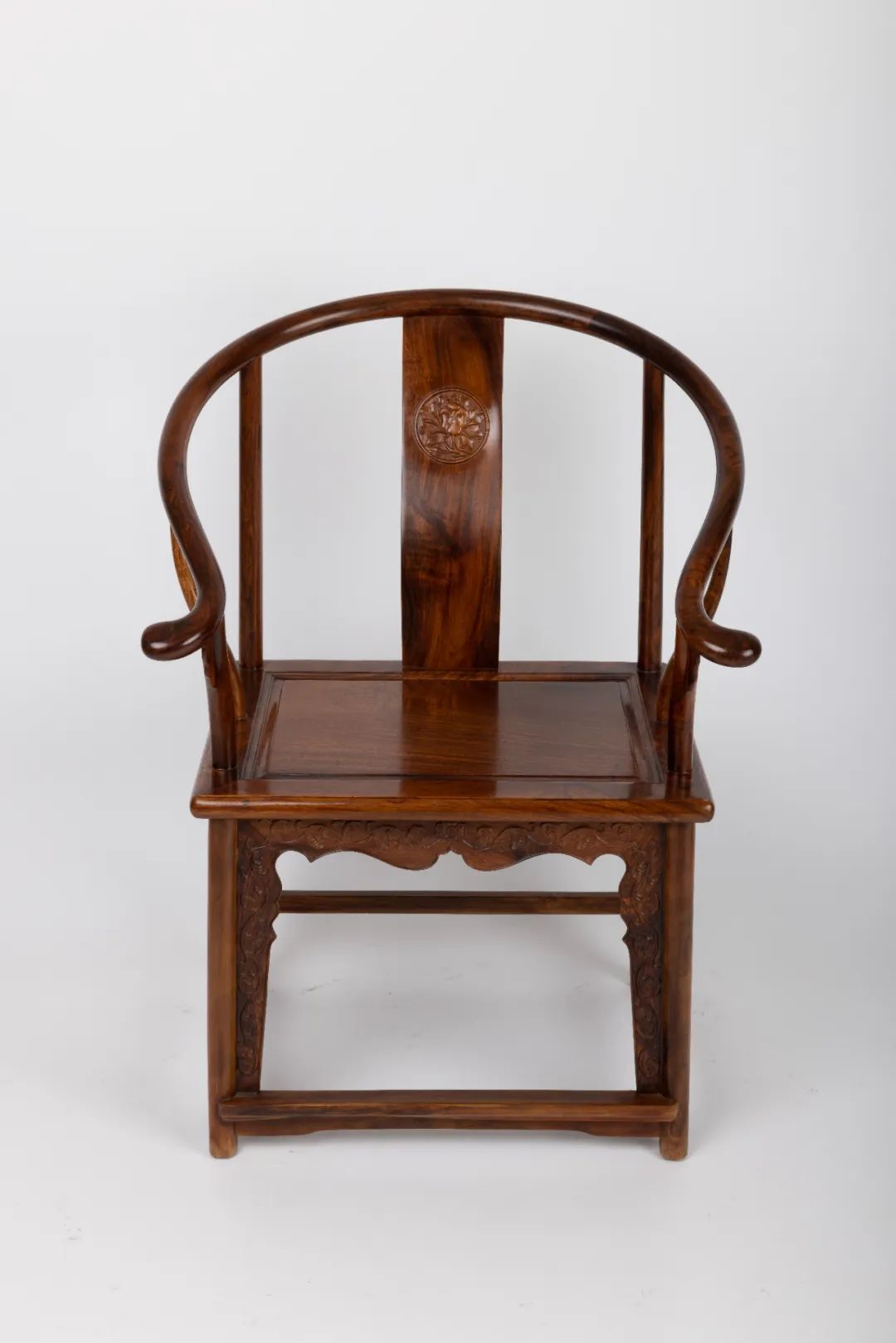
圈椅(来源:陈建游)
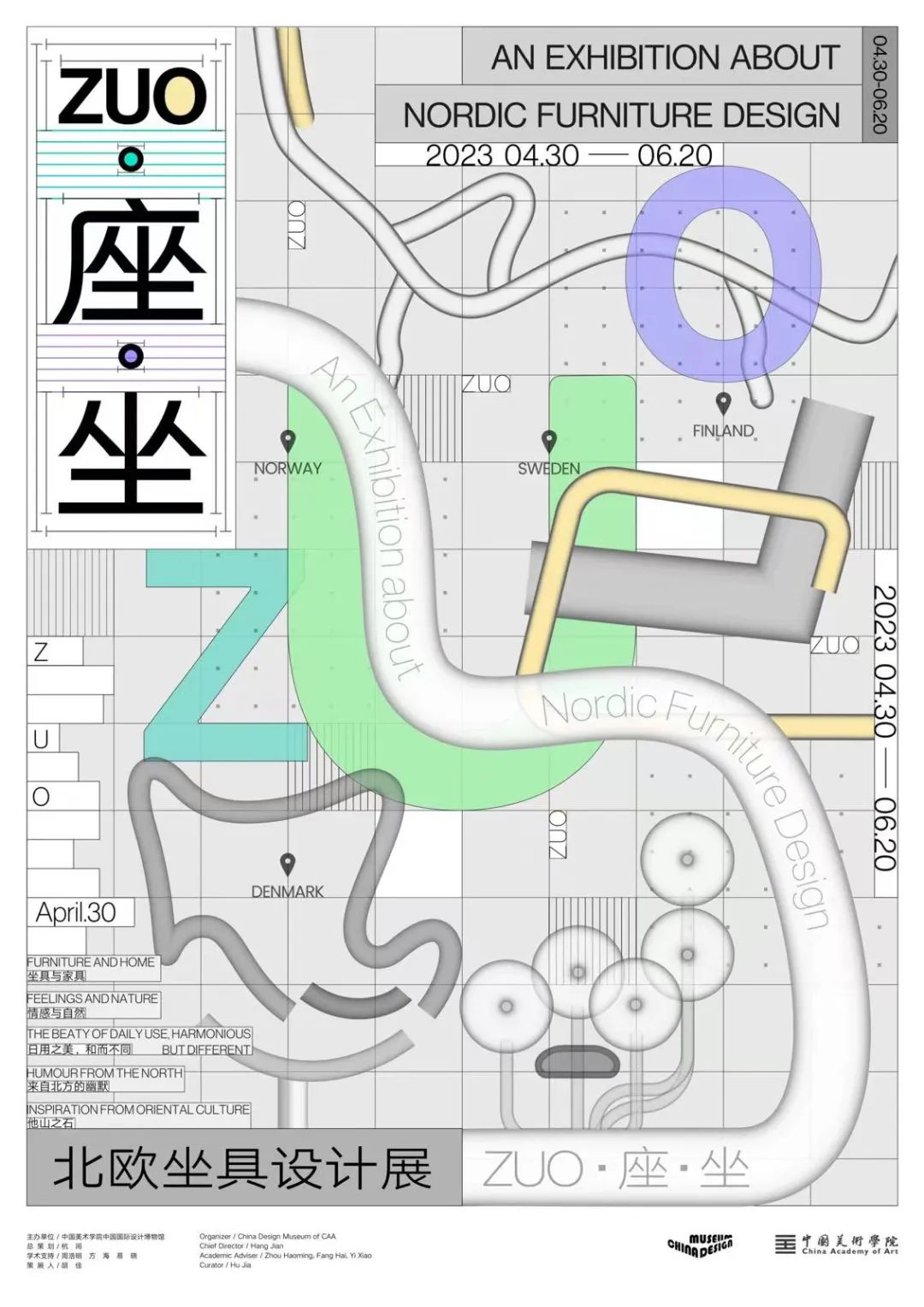
空间设计 / 任 天
视觉设计 / 郑 朝
典藏支持 / 高 原 高米叶
公共教育 / 刘一蓝 魏梓伦
行政协调 / 王剑红 倪 玲
展览支持 / 李淑玲 王 洋 张春艳 陈 海
展览助理 / 彭子洵
视觉团队 / 胡 川 马远宁 马远志 殷文琦 杨浩炅 曾奕宸 占鑫豪 邱炳坤 谢力呈 章鑫磊
翻译校对 / 张馨予 冀雨辰 李毅萌 徐子仪 黄柳蓉 伍子婳 王栏忻
展览拍摄 / 孟庆伟
影像记录 / 张天兴 翟润男
志愿团队 / 陈昱霖 杨 宵
布展协助 / 设计馆物业服务中心
图文制作 / 杭州迷墙文化艺术有限公司
空间搭建 / 杭州日兴家具有限公司
展品运输 / 浙江华宸设备进出口有限公司
藏家支持 / 薄曦 花俊 章晴方 曹鸣 陈建游 方鸣 周任泽
鸣谢 / 孙洪涛 吴东岳 倪双全 黄俊 章俊杰 李国华 Helena Hyvonen 宜家杭州市场部
上海联创设计集团股份有限公司
上海尖叫互动文化传媒有限公司
杭州宜家家居有限公司
上海阿旺特家具有限公司
上海玛拉蒂家具有限公司
弗略珂贸易(上海)有限公司
杭州煦航文化发展有限公司
浙江木诗家居有限公司
上海库卡波罗艺术馆
杭州线形公园美学生活馆
江南大学设计学院
中国美术学院风景建筑设计研究总院
END
来源 |中国美术学院
资料提供 |翟润男(部分)
编辑 |李海燕
审阅 |吴 颖